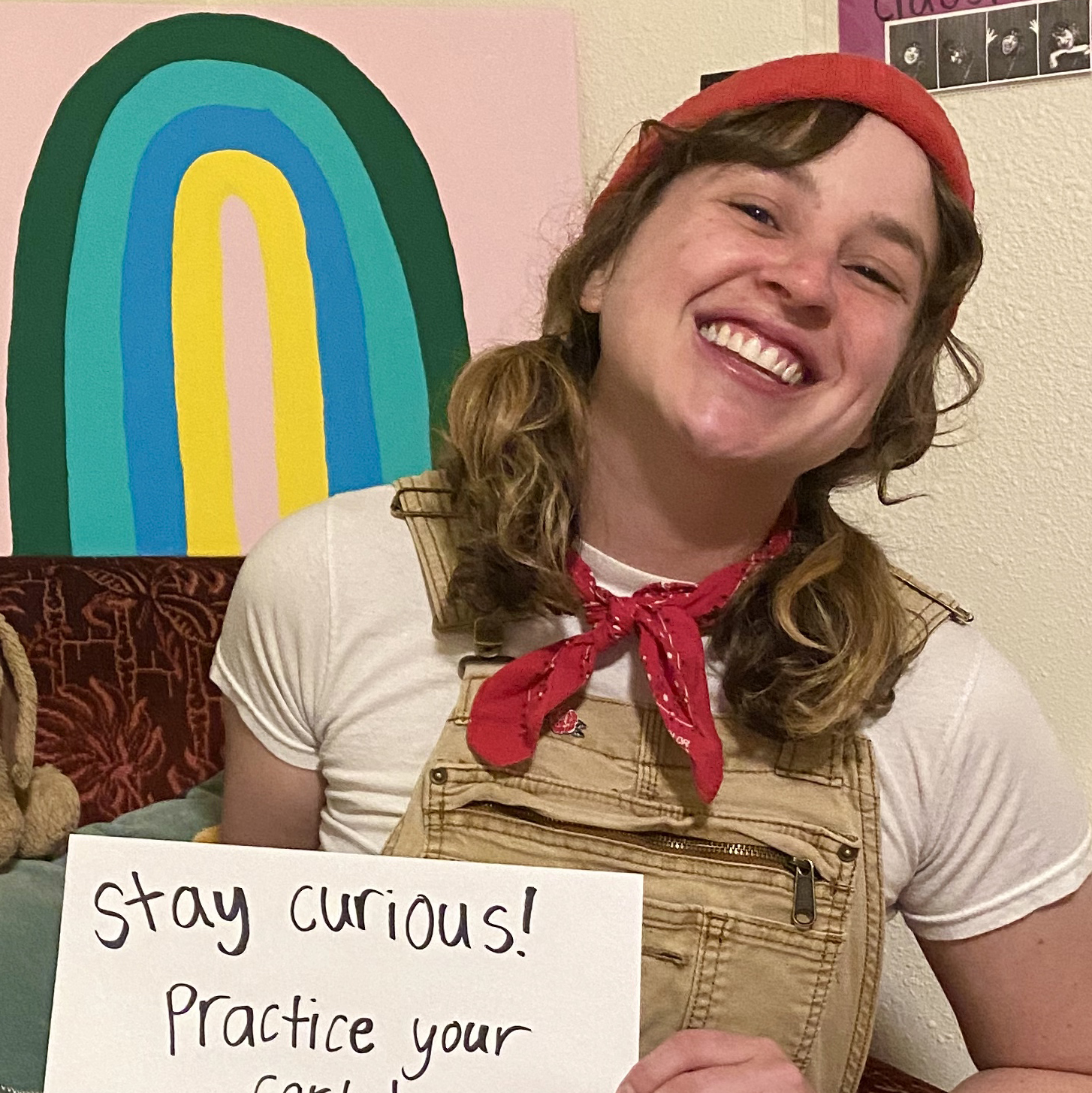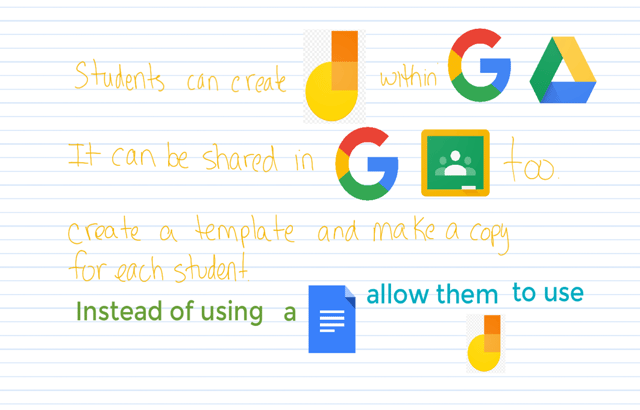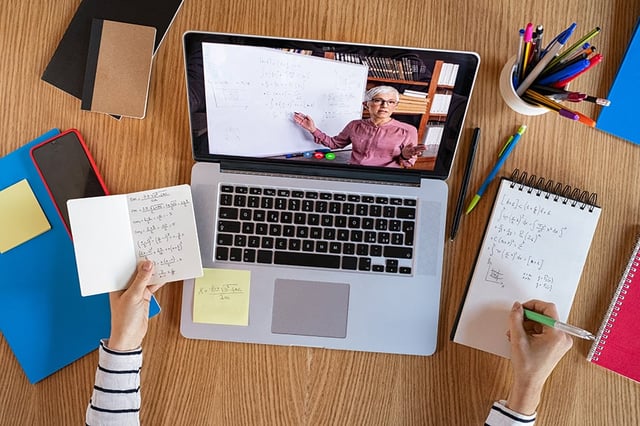What a First Grade Teacher Learned from Distance Learning
 Written By Christine Conway
Written By Christine Conway
As I begin to create my own curriculum for the ‘summer school’ I’m providing for small groups of my students, I am reflecting on the immense amount of resiliency my first graders showed during three months of distance learning.
Having to abruptly shift into the role of an online educator was…challenging…to put it as simply as possible. The available professional training for online learning was thrown together hastily, and the inability to quickly provide quality Internet access for 500+ students was frustrating.
As educators, we also have the inherent knowledge that children (especially in the primary grades) require socializing and play to make any deep learning happen.
On top of everything else, we had to manage our own mental and physical health while the world was seemingly falling apart.
Finding Opportunities Amidst Challenges
Crying myself to sleep only to have enough time to dry my eyes before slapping on a smile for my first video chats of the day quickly became my new normal.
But as with any challenge, creating these new normals through distance learning led to the development of new skills within my role as a teacher – skills I most likely would have never had to consider in regular circumstances.
I learned to reflect deeply on my philosophy as an educator and consider what I valued the most and felt was appropriate for the people I serve first and foremost: my students. In order to foster any “real” connection between myself and the 28 six- and seven-year-olds in my class, I knew I would need to nurture that philosophy and create a virtual space in which to carry it out.
I, of course, had a general idea of why I loved teaching and what I thought it meant to be a ‘good teacher.’ However, that general idea was all in the context of a regular school setting. It revolved around classroom management, proper lesson planning, conflict resolution skills — the stuff they teach you in ‘teacher school.’
Distance learning forced me to merge what I know to be true about my skills in those areas with what I know to be true about building trust and community. If I wanted my students to trust me as their teacher in this new format, I knew I had to provide us a space of genuine community over the screen.
Becoming One With Technology
Video chats would have to be our adapted community space during this time, and I was determined to use that platform in the most authentic way I could imagine.
During the 11 weeks of distance learning, everyone I knew in the education field – fellow teachers, our principal, district office employees – worked tirelessly to create at least some form of consistency for our students.
We did so by providing workshops on how to use the new online learning apps, creating daily/hourly requirements for providing educational content to our students, and hosting staff meetings to help us remain in some sort of collaborative environment.
Building a Virtual Community
All of this work and collaboration aside, I recognized early on that our focus needed to revolve around the needs of our students.
I had to ask myself questions like, What do my students need right now? What do they not need right now? How are they feeling? What are their strengths and how can I uplift them over a screen?
Since children are immensely empathetic, curious, and bright, I knew that they could sense the intense stress and fear driven by all of the unknowns by COVID-19 radiating off of those around them. Personally, I cannot take in information well if I am stressed out, anxious, or afraid — and I am an adult with a fully formed prefrontal cortex with many years of practiced coping mechanisms.
I thought I could best get through to my students during this time if they saw me as someone they could simply talk to – an adult who knows them well who was here to listen to their feelings, ask about their favorite hobbies and ways to spend their days at home, and give them ideas of what they can do when these feelings overwhelm them.
I decided to spend these next couple months hosting 5-10 video chats a day, sometimes one-on-one, sometimes in small groups, occasionally as a whole class. I would set the precedent in the beginning weeks of these chats that this was not going to be a space for me to provide language arts or math lessons – I would not use these interactions as ‘instructional time’ per se.
Instead, I would let my students know that these 20-30 minute chunks of time would be theirs to control. If they wanted to just chat, we’d just chat. If they wanted me to read a story to them, I’d do that. Maybe they’d like to draw quietly ‘side by side,’ show me the garden they are working on in their backyard, or eat lunch ‘together.’
Finding Tools for Digital Learning
To supplement the video chats and to make up for their missed days in school, I used various online learning platforms to assign schoolwork. I also suggested to families a list of apps and websites their child could use to supplement learning.
Assigning student online work has its own inherent accessibility issues – some apps may not be free, some students may not have adequate Internet access to use these apps, and there are apps that may not be offered in the home language of some students. I wanted to stay cognizant of this fact, and therefore only offered this list as a suggestion to families and tried to include free resources as much as possible.
A lot of the students really took to these online tools and seemed to learn a great deal of useful information and skills through them. However, I also knew how impersonal those apps were, and ‘screen fatigue’ was not something I wanted to contribute to.
Keeping Social at a Distance
I knew how important socializing is to obtain new information, and since in person socializing was not going to be an option for the foreseeable future, I wanted to make these video chats feel as fun, relaxed, and sociable as possible.
I learned so much about my students through these video chats. They told me subjects they wished they had been learning about in school, ranging from chemistry to countries in Africa. They recited jokes and songs they created on their own, some real comedy gold. They taught me about tending my own garden, cooking and baking recipes they tried with their parents, where to find good parks to visit all around the city, how to build massive LEGO creations, and what some of their favorite characters were up to in their beloved comic book series.
The best lesson I received from my students was learning how to be a true active listener in a time when communication was becoming inherently strained and awkward.
I learned how to be in the present moment with my students during these video chats, while I noticed my mind tended to wander and spiral into all the unknowns of the world whenever I was not talking to my kids.
They reinforced what I knew to be true about learning and connecting - that it would need to be done through a lens of sincere care, curiosity, and trustworthiness.
Distance learning is certainly not an ideal way of carrying out typical schooling expectations. Even with our best efforts, it is nearly impossible to ensure digital equity for all populations of students, especially for those populations who have historically been underrepresented in the school system for hundreds of years.
However, as the rates of this pandemic continue to grow and we continue to miss out on opportunities for face to face connections, I will continue to reflect on how distance learning helped to highlight just how resilient, flexible, and compassionate we can be as people given even the most extreme circumstances.
Am I desperately craving a return to some sort of normalcy, or any actual information about what returning to school in the fall may look like? Absolutely. But in the meantime, I am grateful for the lessons I learned from my students this spring and will use them to further my path in the world of education — whatever that world may look like.




